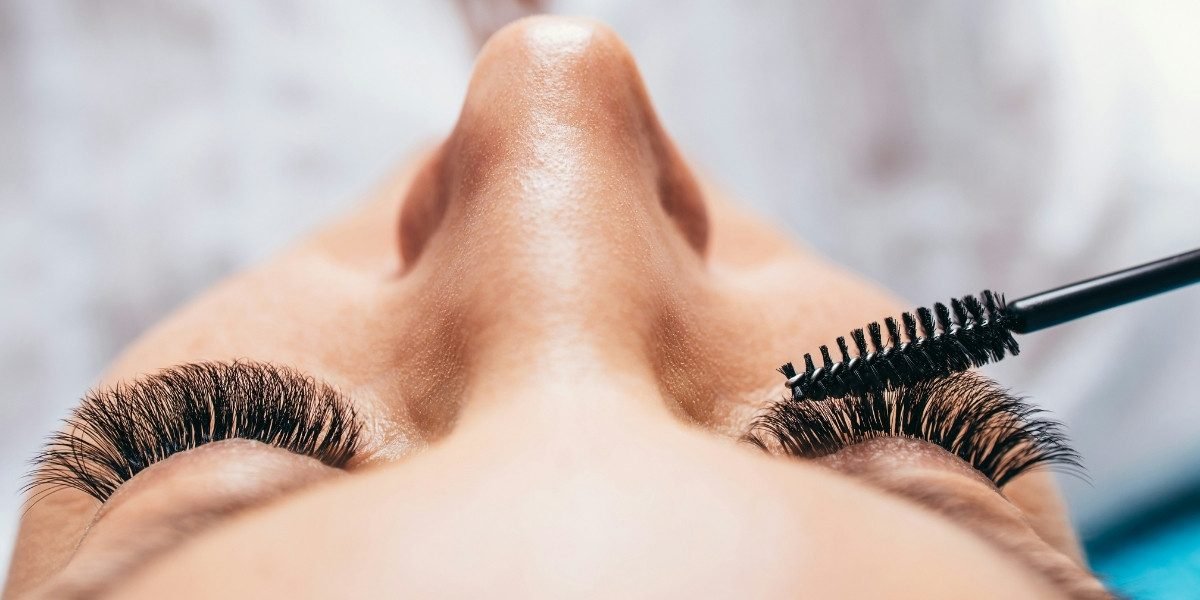The Allure and Artistry of Women’s Eyelashes: A Deep Dive into Beauty and Biology
Women’s eyelashes, though often a small feature in the grand scheme of beauty, carry profound cultural, cosmetic, and biological significance. These delicate strands not only serve as a natural barrier to protect the eyes but also hold a deep cultural weight as symbols of beauty and femininity. In this exploration, we delve into the biological function, cultural significance, cosmetic enhancements, and the artistry involved in eyelash care and adornment.
Read Also: Green Beauty: Embracing Eco-Friendly Practices for a Sustainable Routine
What Is the Biological Function of Eyelashes?
The primary function of eyelashes is to protect the eyes. Each lash is designed to serve as a physical barrier, preventing debris, dust, and sweat from reaching the sensitive eye area. Eyelashes act as a natural filter, keeping foreign particles away and ensuring that the eyes remain free from irritants.
In addition to protection, eyelashes also help reduce the amount of sunlight that enters the eyes. The fringe-like structure of the lashes naturally casts a shadow, minimizing exposure to bright light. Their ability to blink and catch debris also plays a critical role in maintaining eye health, preventing potential injury or infection. Beyond their practical role, eyelashes are also a vital component of the face’s anatomy, contributing to facial expressions and enhancing the eye’s appeal.
What Is the Cultural and Historical Significance of Eyelashes?
Eyelashes have held cultural significance across many societies throughout history. From the ancient Egyptians, who used kohl to darken their lashes and eyebrows, to modern-day beauty standards, long, thick, and dark lashes have been associated with femininity, allure, and youthfulness.
In many ancient cultures, such as those in Egypt and Greece, women and men alike adorned their lashes to enhance their eyes’ expressiveness. This focus on eye adornment signified beauty and sometimes power, with the eyes symbolizing the soul or even the gateway to spiritual insight. Dark, defined eyelashes were often seen as markers of elegance and sophistication, extending beyond mere function to become a powerful aesthetic tool.
Over the centuries, the symbolism of eyelashes continued to evolve, with long lashes seen as a feminine ideal in the Western world by the 19th and 20th centuries. This trend grew alongside an increasing cultural emphasis on eyebrows and lashes as essential elements of beauty and attractiveness.
How Has Eyelash Enhancement Evolved Over Time?
The enhancement of eyelashes dates back thousands of years, with early civilizations using natural substances to darken and lengthen lashes. The ancient Egyptians famously used kohl, a powder made from ground minerals, to accentuate the eyes and lashes.
In the early 20th century, the development of mascara revolutionized eyelash enhancement. Toothbrush-style applicators and carbon black pigments allowed women to darken, lengthen, and define their lashes with a single application. With time, the formula evolved, offering longer-lasting, water-resistant options.
False eyelashes, created in 1916 by actress Seena Owen, took eyelash enhancement to new heights. These early false lashes were made of human hair, and while they were initially a novelty for film stars, they became a widespread beauty product by the mid-20th century. Eyelash extensions, which involve the semi-permanent application of individual synthetic lashes, further revolutionized eyelash aesthetics in the 21st century, offering a more natural and long-lasting alternative to traditional falsies.
What Drives the Desire for Enhanced Eyelashes?
The desire for enhanced eyelashes often stems from psychological and societal factors. Eyelashes are considered a key feature in many beauty standards because of their role in enhancing the expressiveness and depth of the eyes. For many, longer, thicker lashes are seen as a way to achieve a more attractive, youthful, and feminine appearance.
Self-Perception: Studies suggest that self-esteem can be influenced by one’s appearance, including eyelashes. Women who feel their eyelashes are short or sparse may turn to enhancements for greater confidence in their personal image.
Societal Beauty Standards: From advertisements to social media, long, voluminous lashes are often celebrated as the epitome of beauty. This has led to a rise in eyelash enhancement products as more people strive to meet these cultural ideals of attractiveness.
Perceived Attractiveness: Eyelashes, being close to the eyes, have been shown to have a significant impact on how we perceive facial beauty. Enhanced lashes can make a face appear more symmetrical, and research shows that larger eyes are often subconsciously associated with youth and beauty.
What Are the Art and Techniques Behind Eyelash Enhancement?
Enhancing eyelashes requires a careful blend of artistry and technique. There are several ways to enhance lashes, each with its unique application process and results.
Mascara: The most common and accessible form of eyelash enhancement, mascara is used to darken, lengthen, and thicken lashes. Modern formulas contain nourishing ingredients like vitamins and keratin to support natural lash health while enhancing their appearance.
False Eyelashes: These come in various lengths, styles, and materials, offering dramatic volume or natural enhancement. Application requires precision, as the lashes must be glued in place to fit the natural lash line.
Eyelash Extensions: Professionals apply individual synthetic lashes using semi-permanent adhesive. Extensions can last weeks, offering a longer-lasting alternative to false lashes. The process is highly skilled, as each lash is applied carefully to achieve a natural, voluminous look.
How Can You Care for Your Eyelashes?
Eyelash care is essential for maintaining the health and appearance of natural lashes. Proper care helps avoid damage such as lash breakage, loss, or irritation from cosmetics.
Cleansing and Conditioning: Gently cleansing the lashes to remove makeup and debris is crucial, especially for individuals who wear mascara or extensions. Using lash serums or oils with ingredients like castor oil can promote lash growth and health.
Avoiding Harsh Practices: Overuse of eyelash curlers or the application of heavy mascara can weaken lashes over time. Regular use of gentle makeup removers and avoiding excessive tugging will help maintain natural lash health.
Read Also: The Beauty and Symbolism of Different Eye Colors
How Are Eyelashes Represented in Art and Media?
In art, literature, and media, women’s eyelashes have often been used as symbols of beauty, seduction, and femininity. From Renaissance paintings that highlight the allure of women’s eyes to modern advertisements that glorify the perfect lash, eyelashes are consistently featured as an important element of the face.
On social media platforms like Instagram and Pinterest, the “lash game” has become a key trend, with influencers and beauty enthusiasts regularly posting about their eyelash routines and favorite products. Eyelashes, as depicted in art and media, continue to play a central role in shaping beauty standards, demonstrating their cultural significance across eras and platforms.








